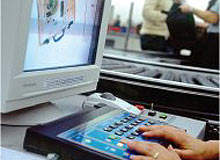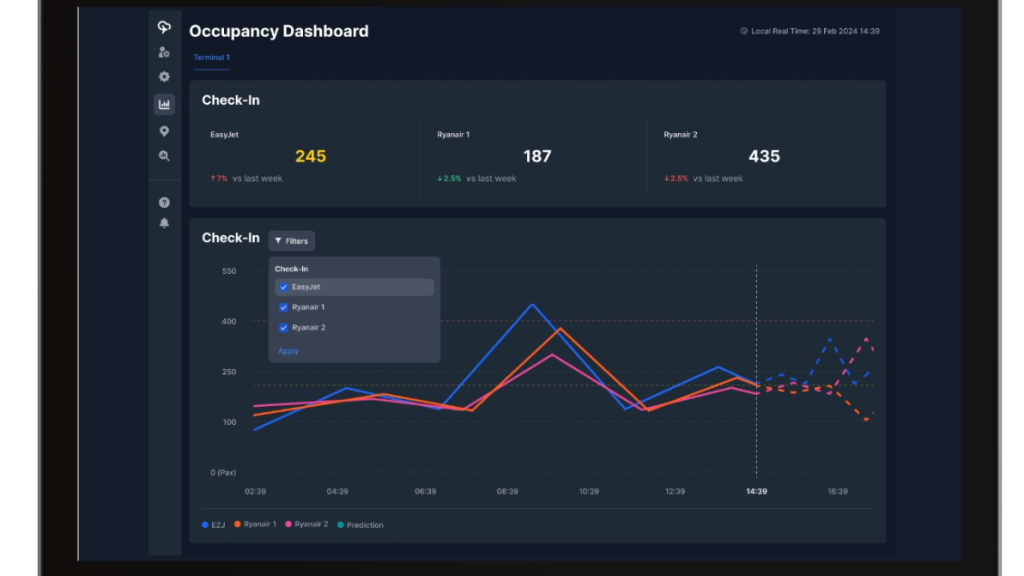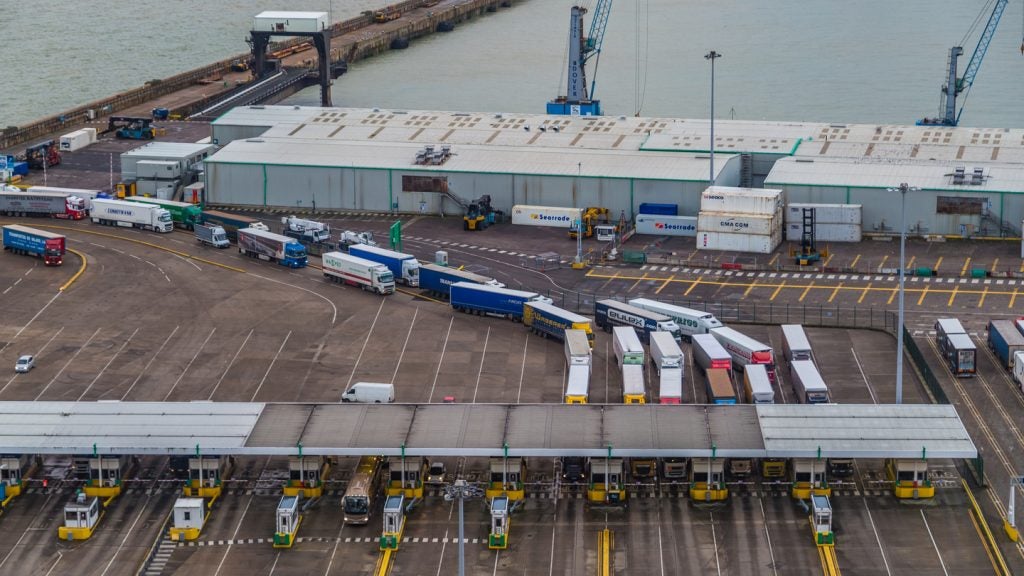
Advances in computer sciences and IT are being applied in all aspects of our daily life. In the fields of personal communications, banking, retailing and even entertainment, the general public has become accustomed to having instant access to all kinds of information and to conducting a range of transactions in cyberspace.
These advances are also being applied in the field of transportation. Computer modules direct the functioning of more and more of the components in our cars, while internal databases and GPS help the driver navigate.
Mass transit vehicles and systems are becoming increasingly automated; their operation and scheduled maintenance as well as the passenger information they provide are increasingly governed by IT systems.
Advanced package and vehicle tracking systems provide freight companies and shippers with real-time location information on every item they transport.
INFORMATION REVOLUTION
See Also:
Advances in IT are also being felt in the air transportation market. Consumers now have access to schedule and fare information formerly available only to airlines and their agents, and can book travel online directly with the airline, or through online intermediaries.
How well do you really know your competitors?
Access the most comprehensive Company Profiles on the market, powered by GlobalData. Save hours of research. Gain competitive edge.

Thank you!
Your download email will arrive shortly
Not ready to buy yet? Download a free sample
We are confident about the unique quality of our Company Profiles. However, we want you to make the most beneficial decision for your business, so we offer a free sample that you can download by submitting the below form
By GlobalDataShippers can track packages on the internet and weather information formerly accessible only through government channels is now available to anyone with a computer and modem.
IT advances are improving aviation safety, security and efficiency too. Rather than having to depend on government agencies for crucial flight operations and safety information, aircraft dispatch and pilots have direct access to critical weather information, from both official and commercial sources. They can review NOTAMs, file flight plans and obtain pre-departure clearance.
In the USA, the FAA and the airlines are sharing operations and scheduling information to make collaborative decisions about how to minimise the disruptions and delays associated with hazardous weather and other unexpected events.
Continuing improvements in IT promise continuing incremental operational improvements.
As weather forecasting improves, universal accessibility to information on real-time and anticipated weather conditions will help air traffic service providers and aircraft operators minimise the distance and duration of flight holds and diversions. The integration of airport terminal, airport surface and flight operations information will optimise safety and efficiency, gate to gate.
IT is also improving the safety and efficiency of air traffic control. Better surveillance information, enhanced displays and advanced decision support and automation tools all are designed to increase the controller’s knowledge and awareness while filtering out distracting or extraneous clutter, thus allowing them to manage more traffic, more efficiently and in more safety.
AIR TRAFFIC MANAGEMENT
Looking beyond its potential for incremental improvement, IT could eventually serve as the foundation for a revolutionary approach to Air Traffic Management (ATM), an information-based regime, rather than one predicated solely on the concept of command and control.
One can imagine a system in which aircraft operators, ATC, ATM and airports have access to a universal information bank, and input and extract whatever data is necessary for safe and efficient operations.
The information available would include real-time aircraft position and four-dimensional trajectory intention, precise real-time and forecast weather information, and airport surface and terminal conditions.
The role of ATC would be to identify and resolve conflicts and potential conflicts. Among those, as yet, immature technologies that would support this are four-dimensional trajectory air / ground data exchange, aircraft-to-aircraft position information, sophisticated flight data and ATM systems, integrated airport and airport surface information and management systems, sophisticated weather forecasting capabilities and robust data link capabilities.
THE LIMITATIONS OF IT
Despite its vast potential for enabling improvements in aviation safety and capacity, IT has its limitations.
Regardless of how timely and accurate the data conveyed is and how elegant the presentation, people – pilots, controllers, air traffic managers – can process only a finite amount of information, and can remember only so much at a time.
Overloading people with information causes them either to ignore some of it or to fall into a state of confusion, causing errors. As long as human operators are central to pilot and air traffic control functions, air transportation system capacity will be limited by human cognitive abilities.
A second limitation of IT systems is that they are only as good as the data they convey. If the underlying data is incomplete, inaccurate or corrupted, an improved information system may only ensure that bad data is more widely disseminated. It is vitally important, therefore, that the validity and correctness of underlying data is verified.
Another limitation relates to weather information systems. It is widely acknowledged that hazardous weather conditions are a prime cause of air transportation inefficiency and delay.
Improved weather information systems can better communicate the location, intensity and characteristics of weather events, permitting more precise ATM. But without more sophisticated predictive capabilities, or aircraft improvements that allow aircraft to fly in worse conditions, being better informed about the weather will never entirely eliminate its impact.
Finally, information is useful only to the extent that it can be communicated. Having good data, and processing it into useful information is only half the job; the other half is communicating this information in a timely way to the people and systems that need it.
This requires compatible interfaces among participants in the air transportation system, on the ground and in aircraft, as well as robust communication channels.
Both aspects of this communication requirement are problematic today. In the existing depressed aviation marketplace, aircraft operators are loathe to equip with expensive new and improved communication equipment and avionics unless they deliver clear operating benefits.
Intense competition for radio frequency spectrum will exert continuing pressure on the information ‘pipeline’ through which aviation data can be transmitted. Newer and better information systems don’t solve these problems; policymakers do.
THE WAY FORWARD
Globally, aviation is behind the power curve in adding new capacity through air traffic system modernisation and enhancement, and airport infrastructure improvements.
Congestion and delays can be expected to continue and worsen. When air traffic demand regularly exceeds capacity, aircraft operators in an intensely competitive environment cannot be expected to resolve capacity issues through collaboration. Rather, policymakers must devise a regime for allocating scarce operating opportunities fairly.
Advances in IT are bringing improvements in air transportation safety and efficiency. Projected information system developments might even support a revolutionary, information-based ATM system.
However, simply increasing the knowledge and awareness of aviation stakeholders is not enough. Leadership and a willingness to confront and resolve crucial issues about automation, equipage, spectrum and capacity are equally necessary, if the air transport industry is to meet our aviation needs.







